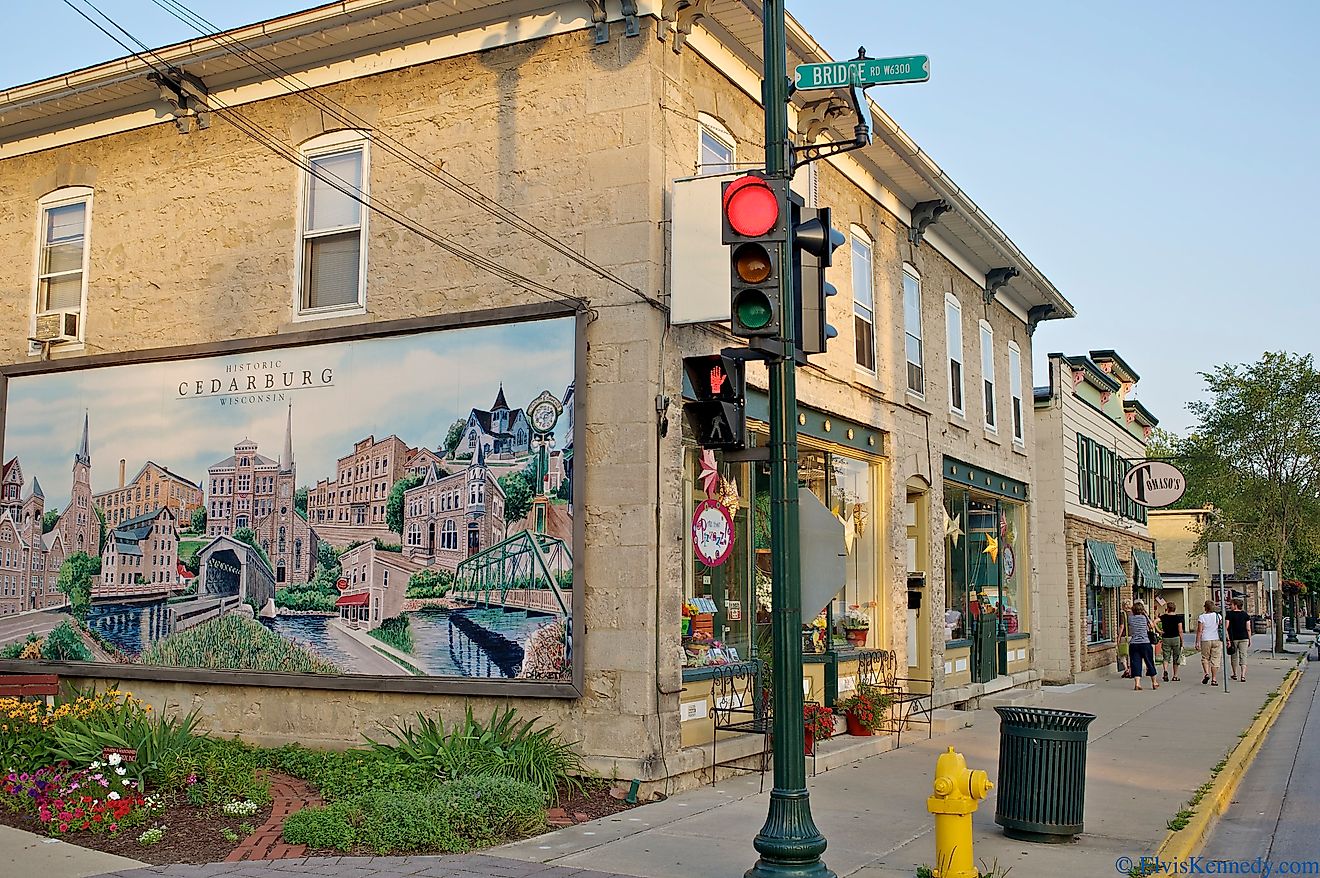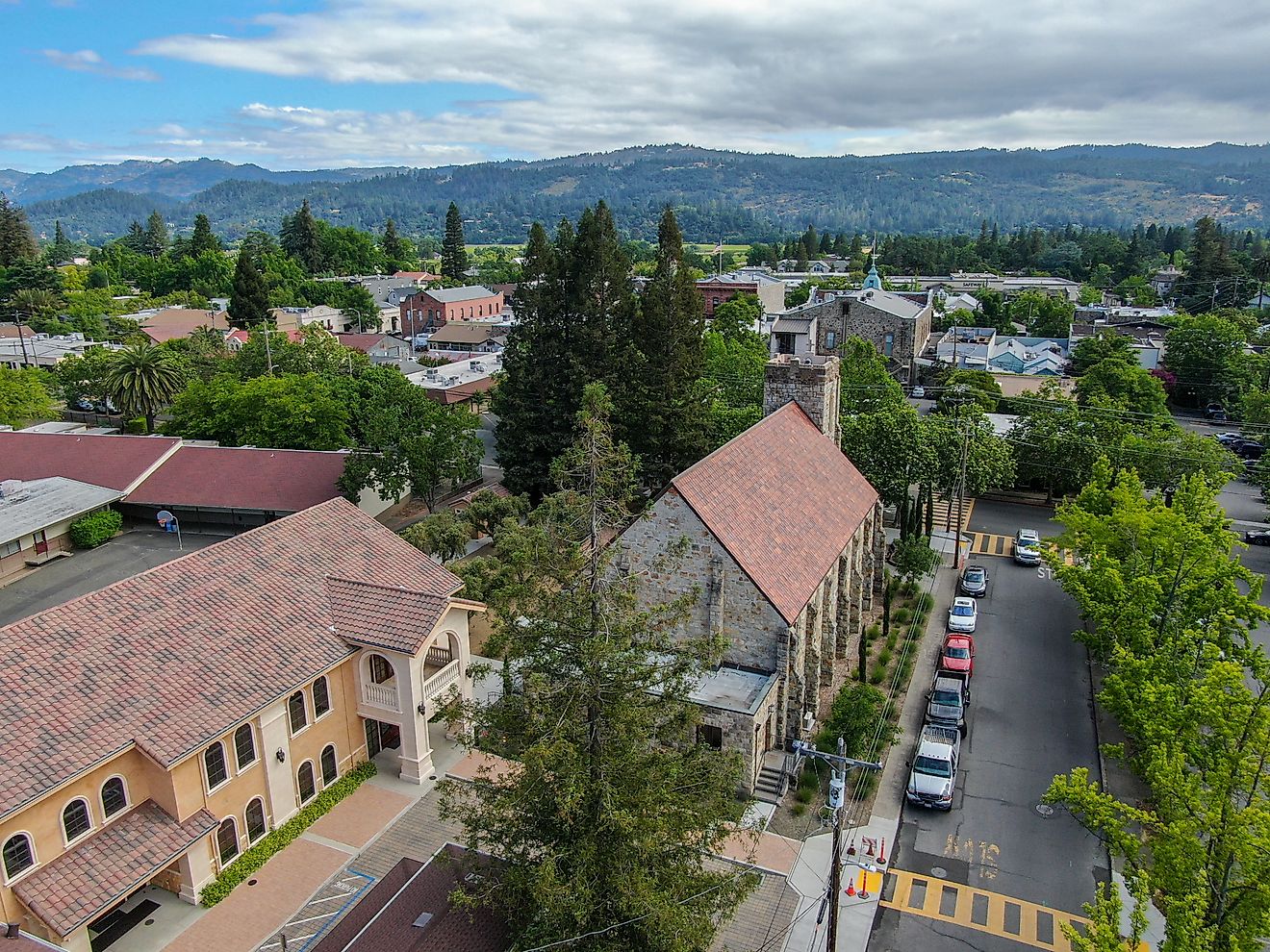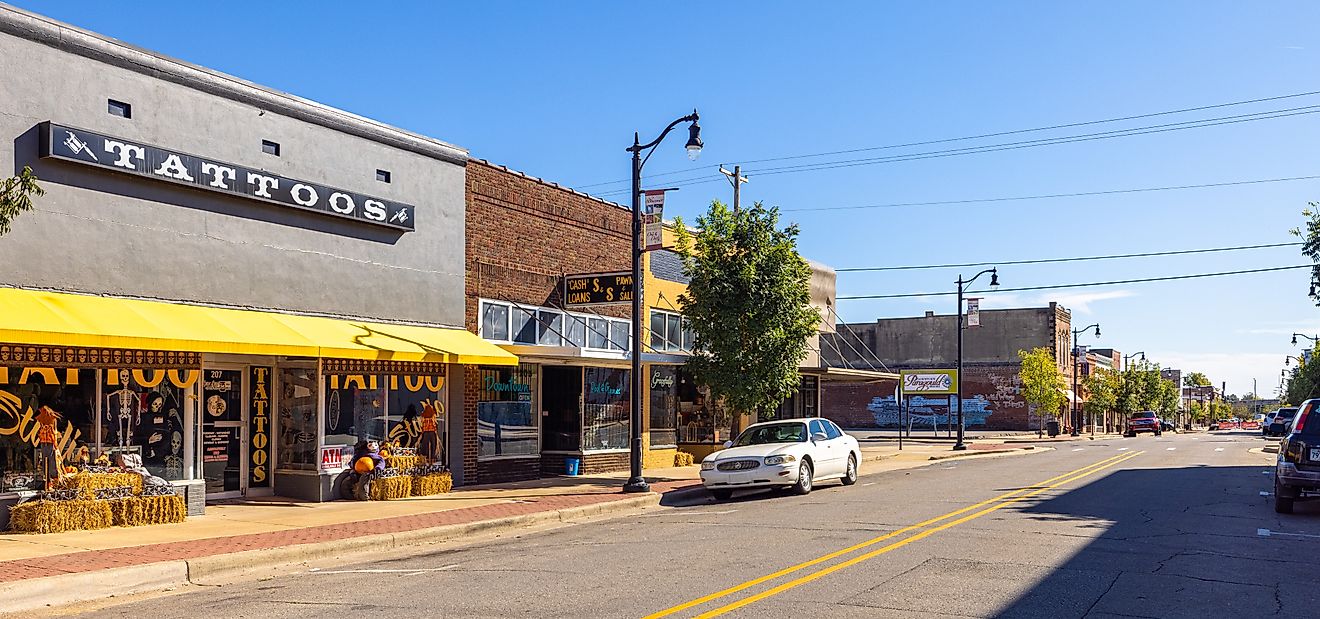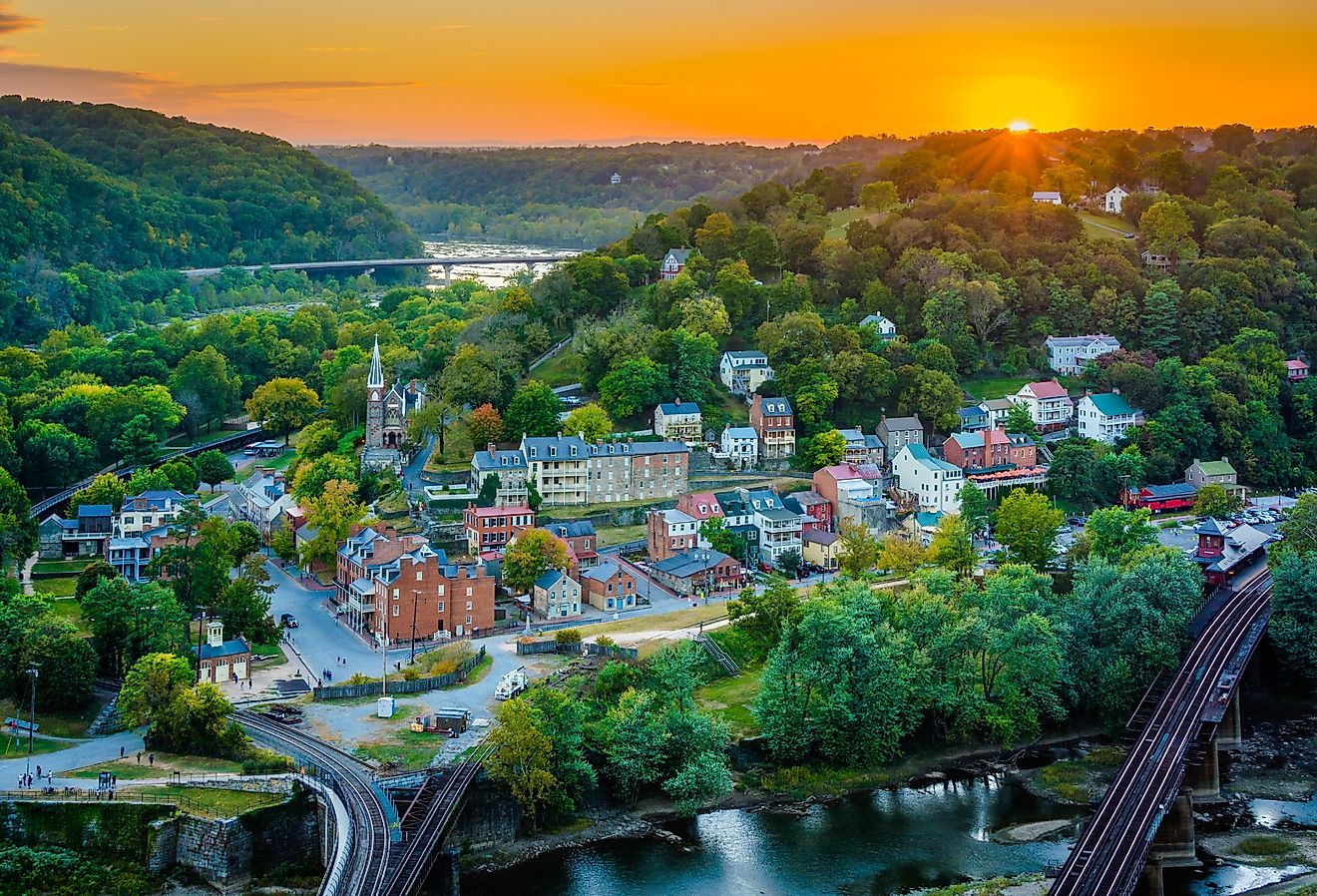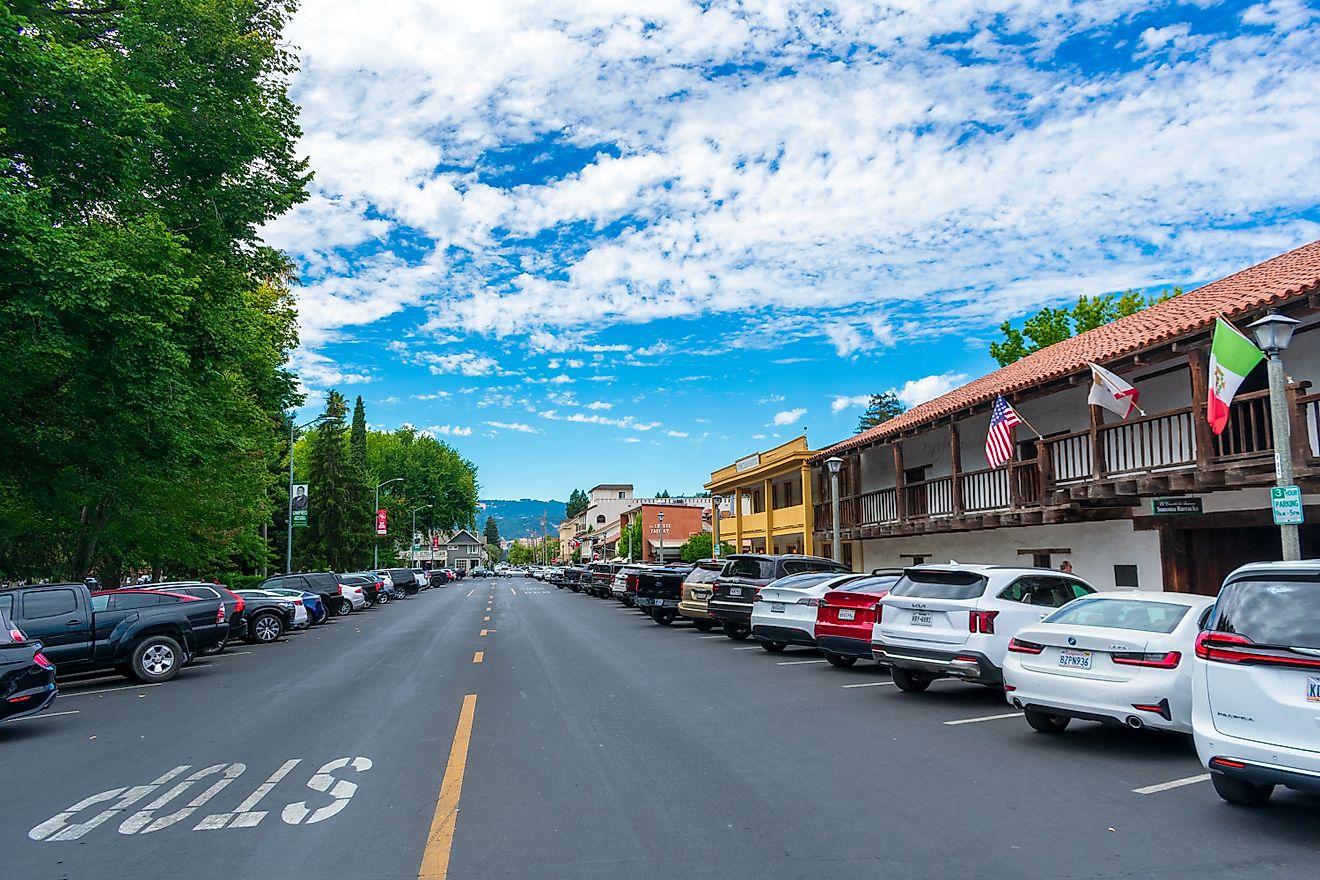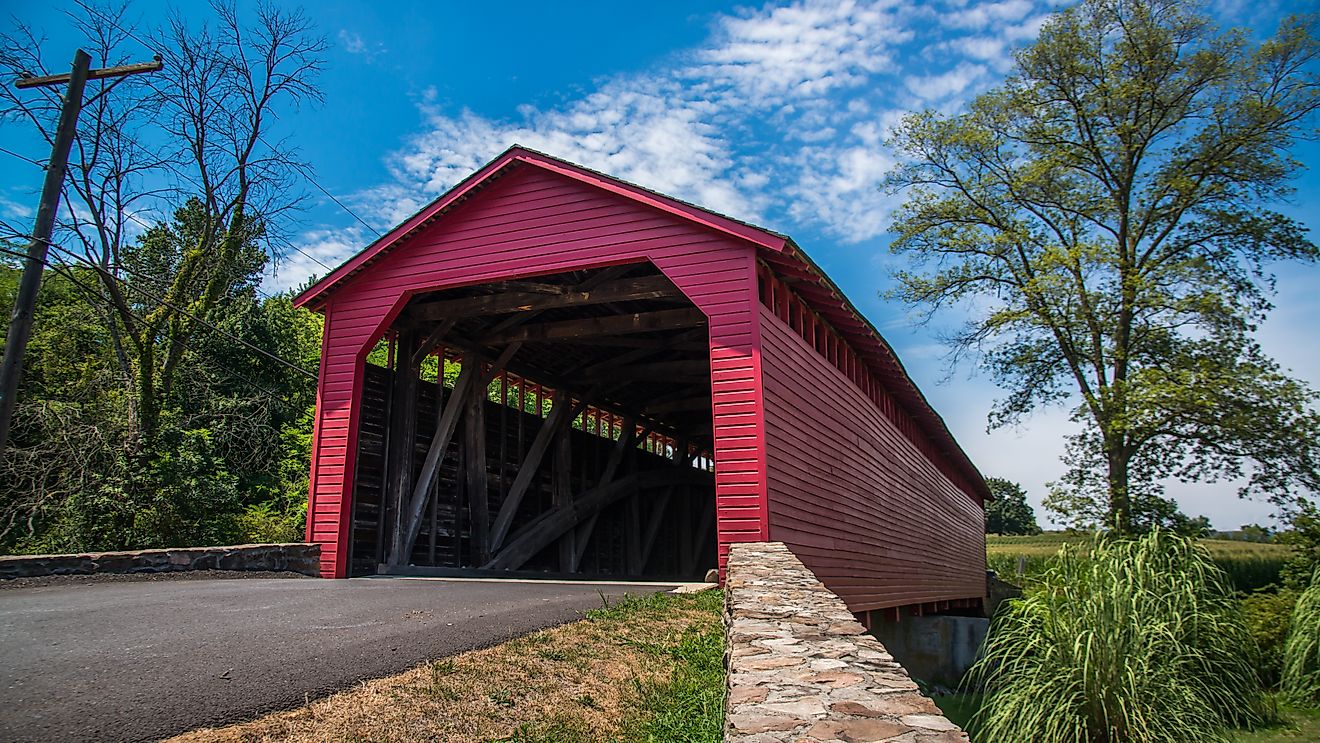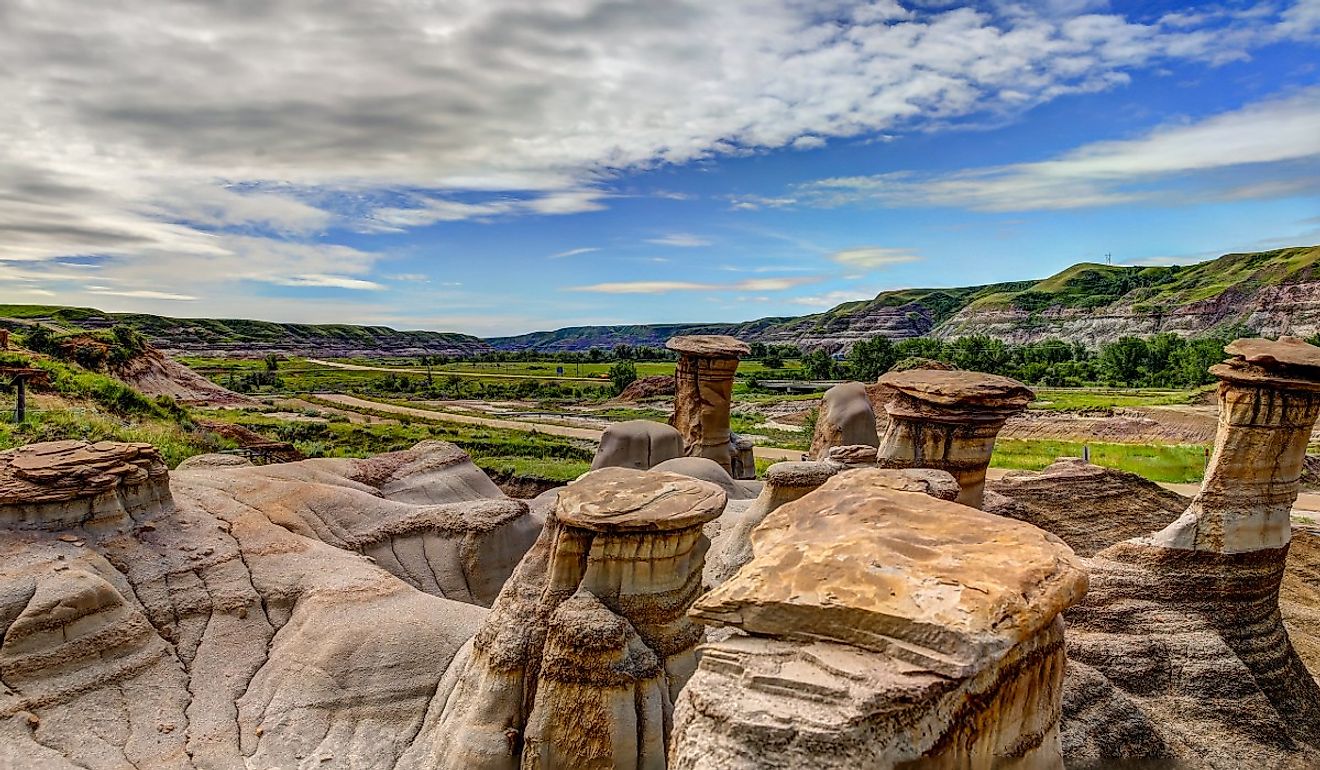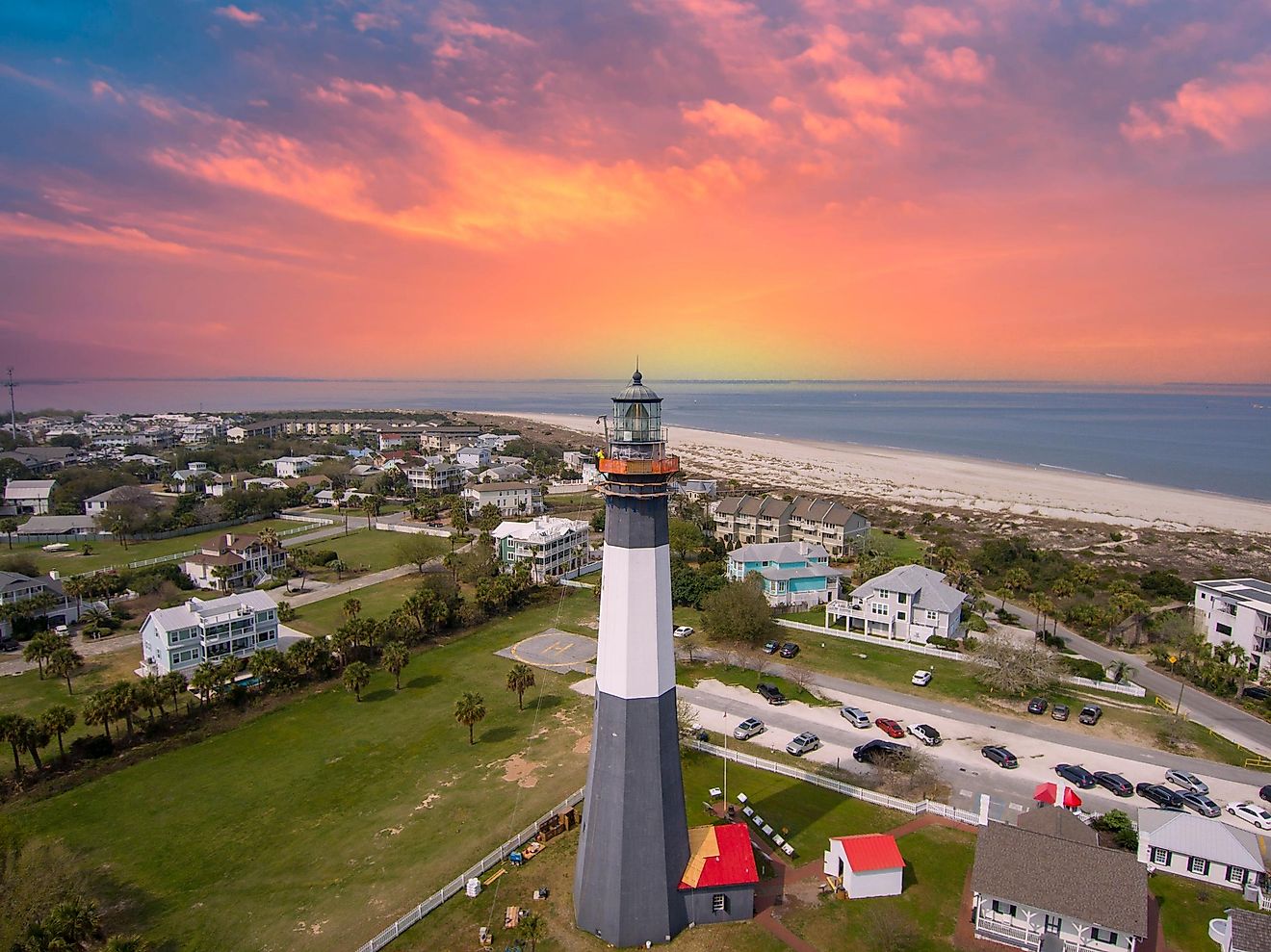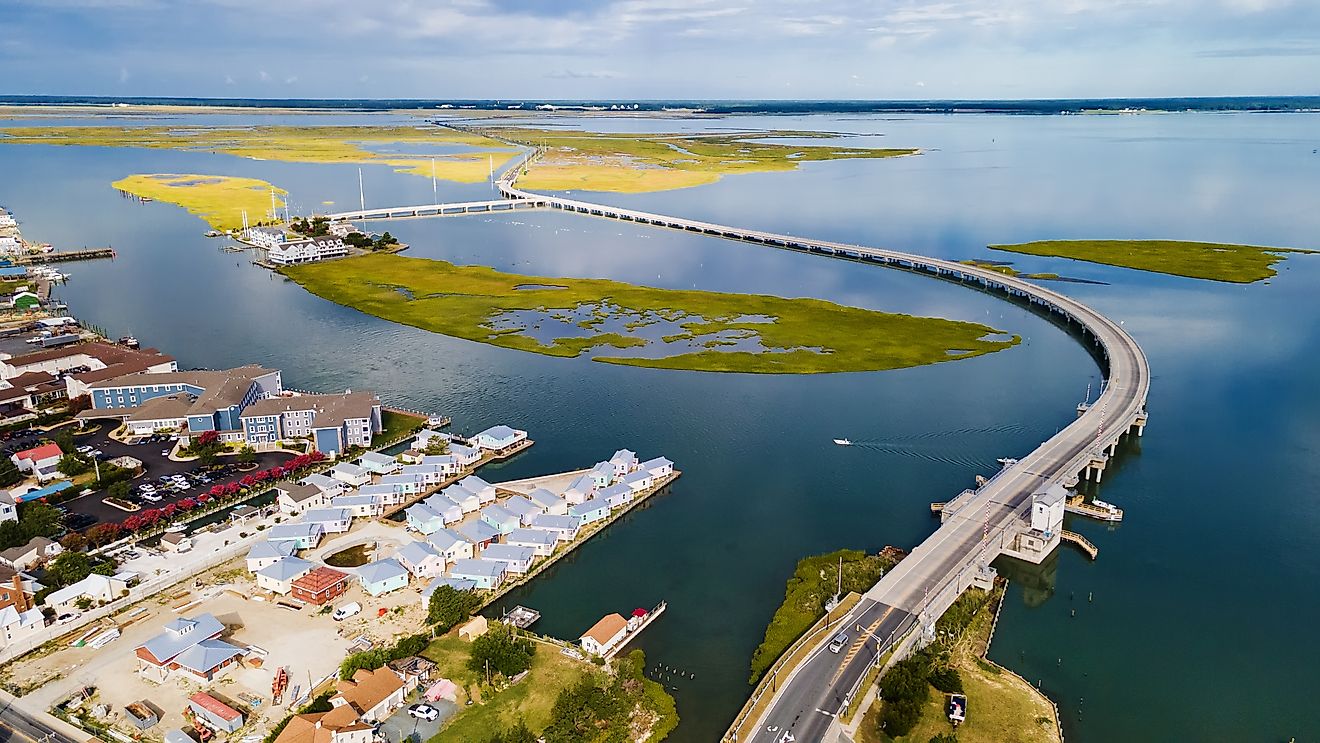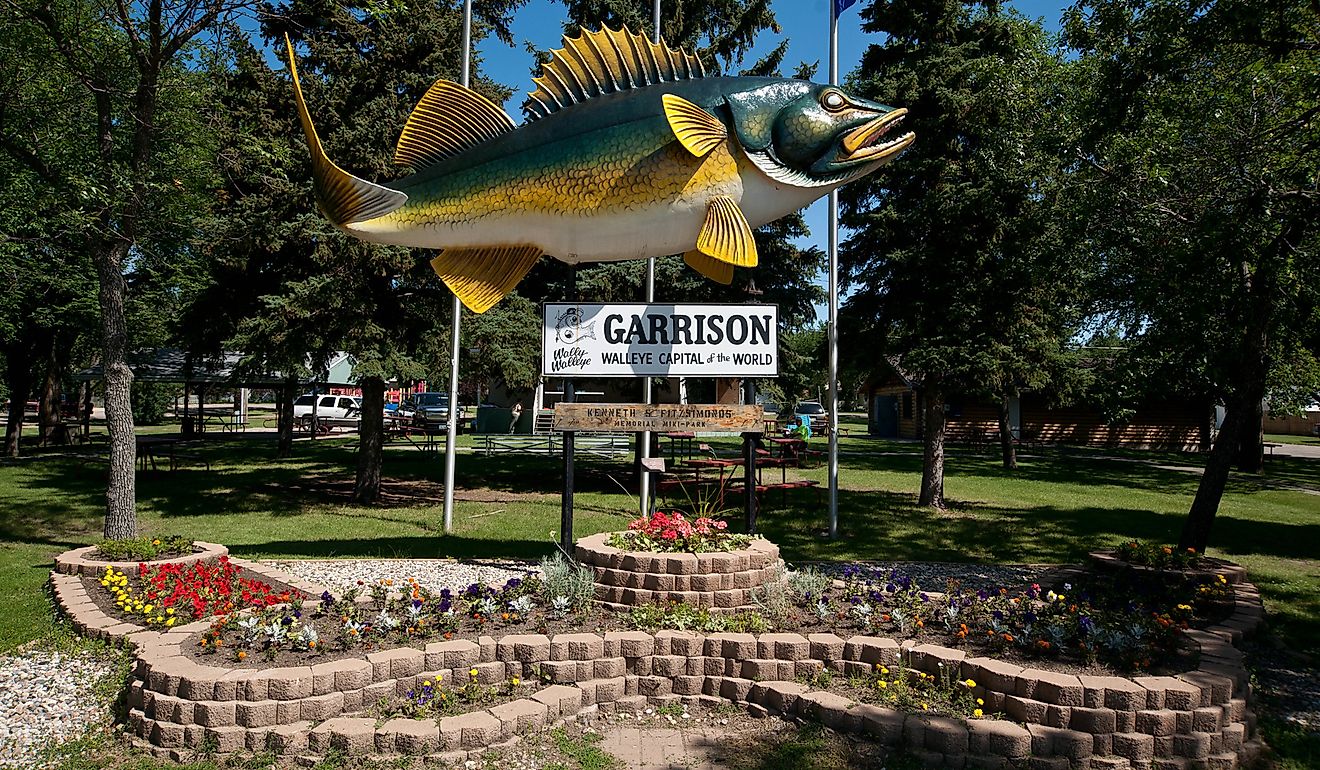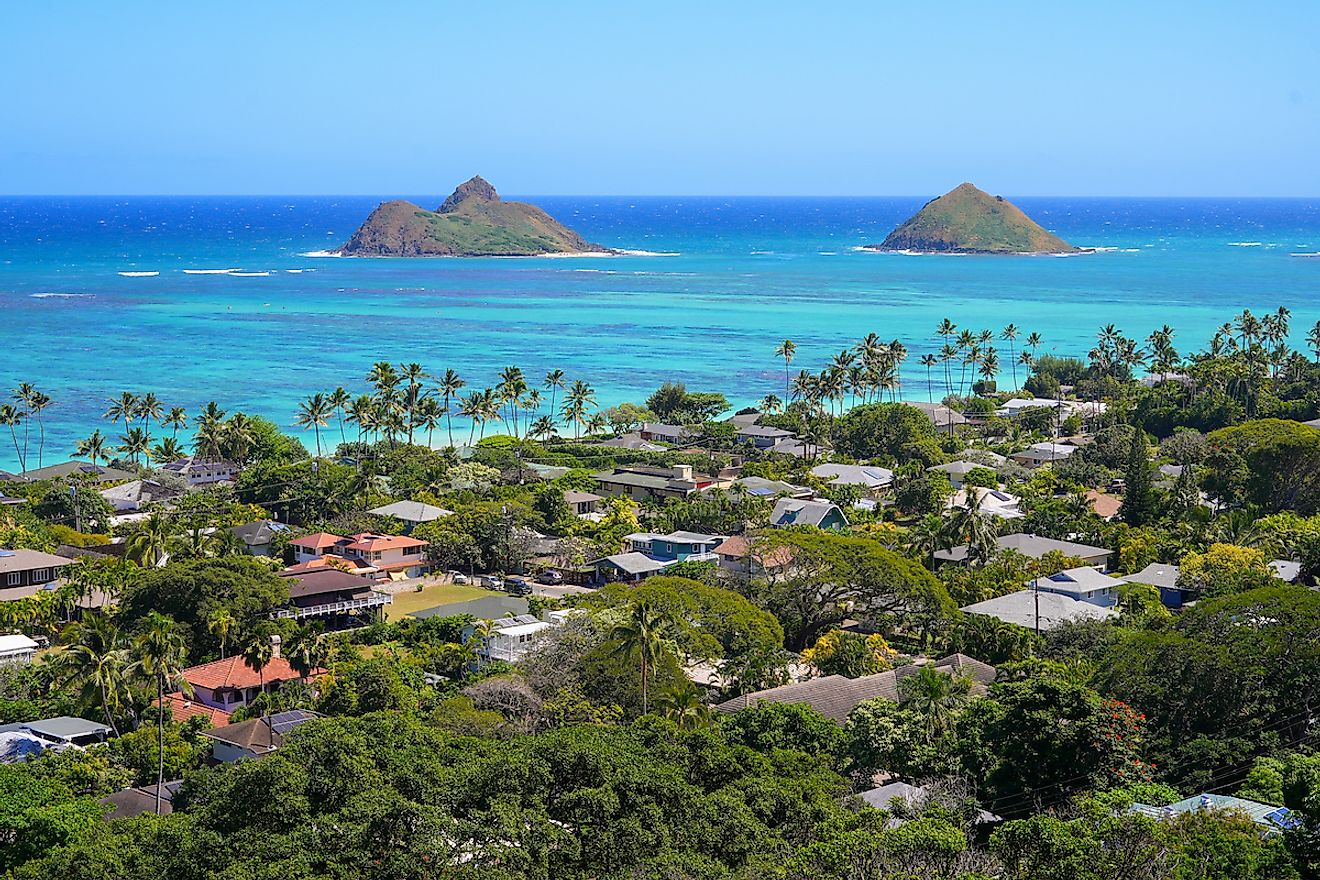
8 Best Lakeside Towns in Hawaii
The island state of Hawaii is no stranger to the surging Pacific Ocean waves crashing against the towering slopes of Mauna Loa and Haleakalā. These volcanic forces, still active, have carved the Aloha State’s jaw-dropping ridges over millions of years. Lava flows shaped the archipelago’s dramatic topography, now home to both iconic coastlines and lesser-known inland water features. While the tropical island chain enchants visitors with its sandy beaches and sinuous bays, hundreds of lagoons and freshwater reservoirs also punctuate the Paradise of the Pacific.
Set apart from the saline seawater, the inland wetlands sustain the agriculture and wildlife of the islands’ most visually arresting towns. These eight towns reflect Hawaii’s long-standing cultural and environmental relationship with freshwater ecosystems. Alongside distinctive flora and fauna, they echo centuries of cultural and historical heritage. Be it the legends of Pele, the goddess of fire and volcanoes, symbolizing the spiritual bond between land and people, or the legacy of King Kamehameha, who unified the Hawaiian Kingdom, life around these communities reflects Hawaii’s cultural connection to water.
Kaiminani
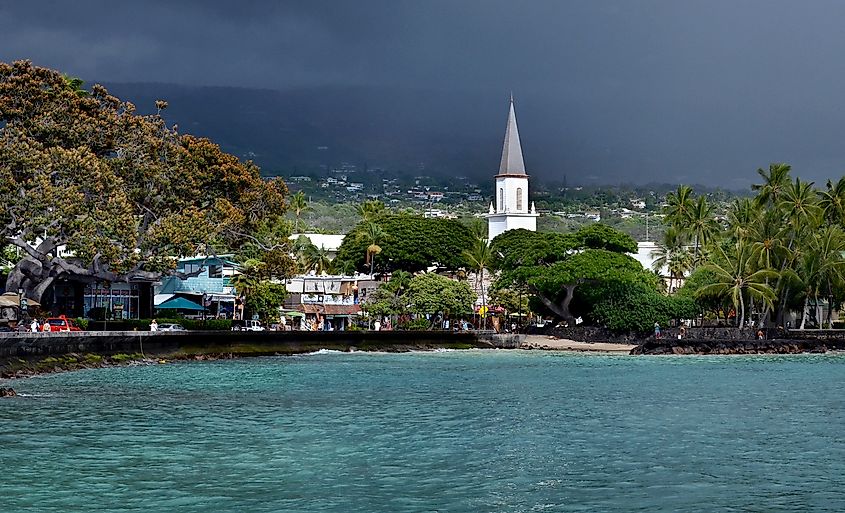
Just north of Kailua-Kona, Kaiminani is another unincorporated locality within Hawaii County. Opaeʻula Pond, near Makalawena Beach, is the key freshwater feature accessible from Kaiminani. The 12-acre pond is a bird sanctuary where black-crowned night herons breed, and home to Halocaridina rubra, the Hawaiian red shrimp. Fishing enthusiasts and nature lovers can comfortably immerse themselves in its calming presence.
In contrast to Hawaii's broad appeal for beaches and watersports, Kaiminani entices tourists through its peaceful aura. It remains largely untouched by extensive urban development. Being close to Kailua-Kona, it also resonates with Hawaiian craftsmanship, encouraging visitors to browse ancient Hawaiian structures and gain insight into indigenous irrigation methods. Kaiminani is merely 3.5 miles away from Kona International Airport on the Big Island.
Hilo
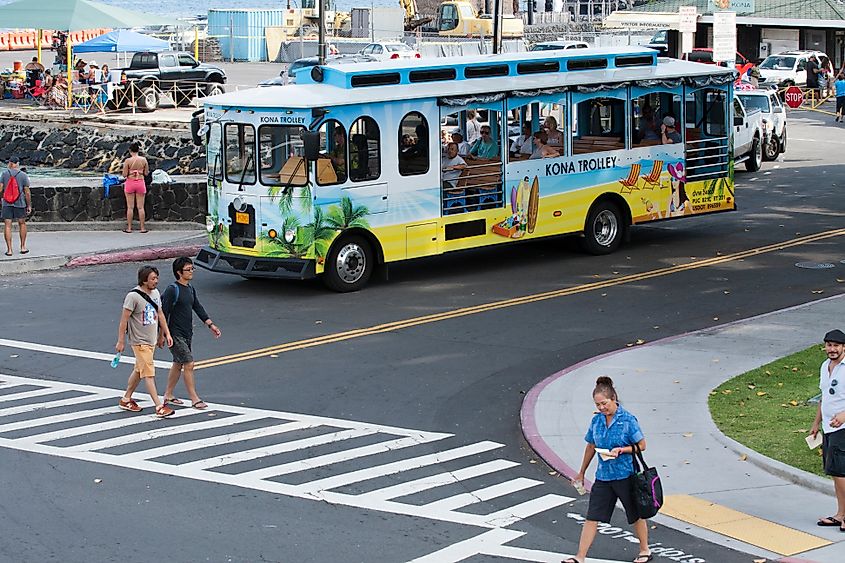
As the county seat of the island of Hawaii, Hilo’s coastal parks and attractions do not cease on your way from downtown to the coastline of Hilo Bay. Loko Waka and Kionakapahu Ponds are ecologically significant wetlands supporting native species within Hilo’s grassy habitat, functioning as a connected wetland complex. The former, a state-owned conservation parcel occupying an astonishing 60 acres, is near Seaside Restaurant and Aqua Farm. Nearby, Kionakapahu Pond spans 9.3 acres, including 4 acres of marsh. Both spring-fed ponds fluctuate with the tide due to a culvert connection to the ocean, precipitating brackish water that supports fish species harvested for consumption, as well as the Hawaiian coot.
Beyond the wetlands, Hilo is home to the Panaewa Rainforest Zoo and Gardens, one of the few tropical zoos in the United States. Its star exhibit is the tiger enclosure, which shelters several white Bengal tigers. Additionally, the Waiakea Public Fishing Area flows into Wailoa River State Park, facilitating a section of Waiakea Fish Pond south of the footbridge over the Wailoa River. On the cultural side, the Pacific Tsunami Museum highlights the town's resilience from its history of tsunamis; the Lyman Museum gives visitors an in-depth look into Hawaiian history.
Kahului
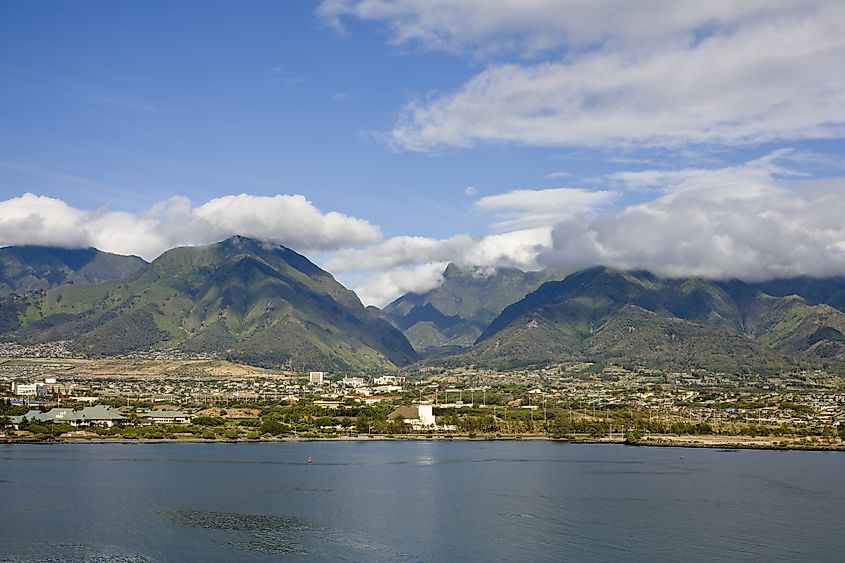
Maui County's Kahului is another unincorporated Hawaiian territory that not only exhibits the island’s pristine geography and culture but fosters flora and fauna. Along Maui’s northern isthmus is Kanaha Pond Wildlife Sanctuary, which is instrumental in conserving native endangered species like the Hawaiian stilt. Once a system of natural springs and brackish lakes, the region underwent artificial modifications centuries ago. The sanctuary also includes mudflats and connected drylands, home to plant life rarely observed even elsewhere in Hawaii. Underground springs supplement the lake, though summer evaporation still risks drying parts of the shallow pond. These drier months enable visitors to access the Amala Place gates more easily.
Other seasons attract migratory seabirds that settle before departing in autumn. Permitted activities include birdwatching, hiking, and nature studies focused on native plants and insects. A designated pathway leading from Keolani Place on the sanctuary’s west side takes visitors to a viewing shelter to admire the daily sunrise and sunset. Kahului plays a vital role in Maui’s historical and commercial development, with remnants of sugar plantations preserved at the Alexander & Baldwin Sugar Museum. The sugarcane and potato cultivation at the Maui Nui Botanical Gardens further emphasizes Kahului’s status as a center of commerce.
Wahiawa
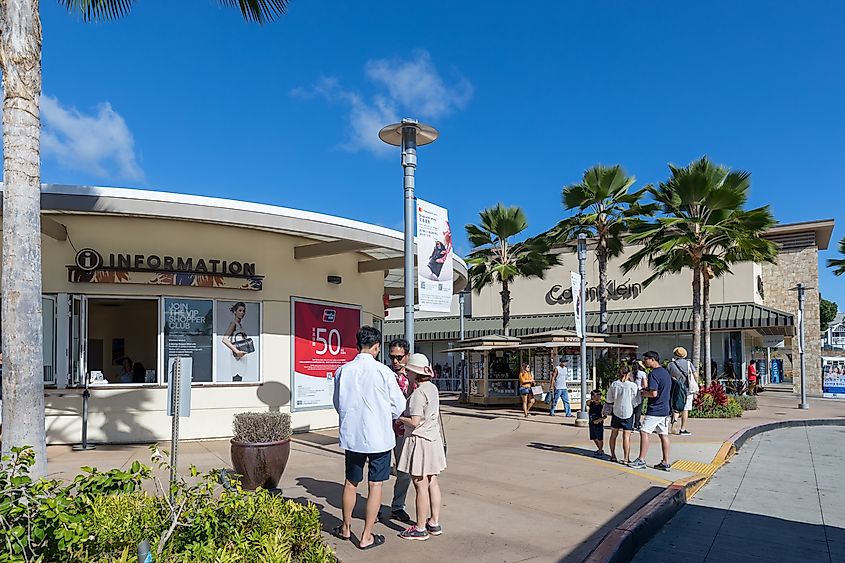
Wahiawa is a town on Oahu between the two separate mountainous terrains associated with the island’s inactive volcanoes, Waianae and Koolau. Part of Honolulu County, it draws visitors with its central location and access to Lake Wilson. Its stone-walled fishponds and the North and South Forks of Kaukonahua Stream render it a semi-enclosed coastal body of water. The estuary benefits particularly from the Wahiawa Reservoir, also known as Lake Wilson. This water system ranks among the most sought-after spots for fishing. Occupying Oahu’s central stretch, the town’s accessibility via Kamehameha Highway and its bridges makes it an appealing destination for outdoor recreation. Wahiawa largely sustains itself through plantation agriculture and tourism while also accommodating military facilities like Wheeler Army Airfield.
Kukaniloko Birth Stones offer a culturally significant inland site amidst the region’s aquatic landscape. Wahiawa Freshwater State Recreation Area and Wahiawā Botanical Garden are two comfortable spots to absorb the place’s allure up close. The latter also plays a critical role in acquainting visitors with Hawaiian culture through a collection of native plants. To the north and east, Ewa Forest Reserve’s dense growth shelters a sizable population of feral pigs, goats, and numerous game birds, attracting hunters in pursuit of sport. West of Wahiawa lies Schofield Barracks Forest Reserve, another expanse of dense jungle.
Haleiwa
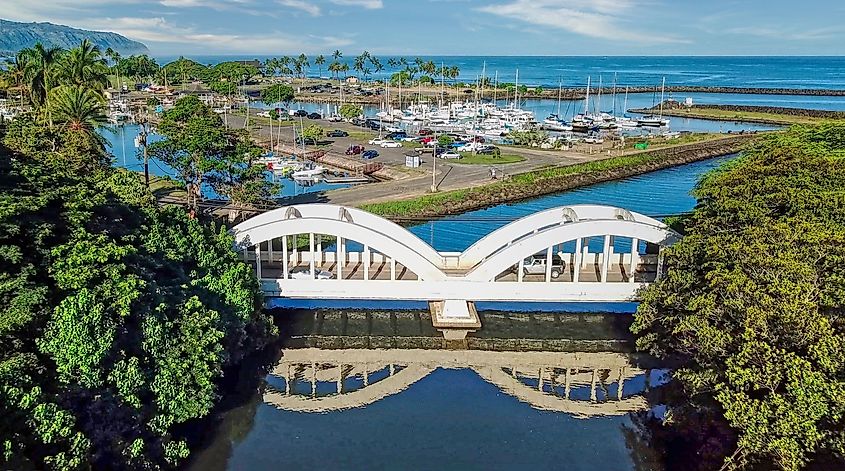
The North Shore of Oahu features another popular tourist attraction in Haleiwa, a census-designated place inside Honolulu County with a range of scenic beaches. The town is a mecca for surfers, as they can enter famous surf spots such as Waimea Bay and Banzai Pipeline. Haleiwa’s coastline is dotted with surfers and spectators alike. Among its numerous beach parks, Waialua Bay serves as a local fishery management area, where the Anahulu River meets Lokoea Fishpond and Haleʻiwa Boat Harbor near the coastline. The adjacent sight of Rainbow Bridge and Anahulu Uka River Bridge further accentuates the juncture’s aquatic aura. While the former has a century-long history adding to its significance, the latter embodies a twin-span structure.

Other stimulating activities include stand-up paddleboarding, scuba diving, and picnicking at Haleʻiwa Beach Park. The town presents all these within a compact space while facing the Pacific Ocean, occasionally allowing sightings of sea turtles. Beyond the beaches, Haleiwa contains shops and eateries, with Haleʻiwa Beach House occupying a central location as a casual preference among surfers. Matsumoto's Shave Ice, in contrast, has remained the staple choice for ice cream for half a century. Visitors can explore Haleiwa Historic Town, which illustrates surfing’s influence on the town.
Kaneohe

Within the Hawaii state District of Koʻolaupoko, Kaneohe occupies Oahu’s windward coast. While it holds no shortage of tropical habitats, the region’s biggest attraction is Hoʻomaluhia Botanical Garden. Here, the rainforest meets the waters of Loko Waimaluhia alongside the streams of Hooleinaiwa and Piho. Beyond these waters, the garden overflows with plant life, its dense bushes growing beneath the towering Koʻolau Range. It features plants from Southeast Asia, Brazil, and other tropical regions. Campgrounds in the garden allow visitors to experience its flourishing greenery up close. Catch-and-release fishing is permitted in a designated area near the reservoir.

Kaneohe Bay, the largest inlet along the coast, reaches toward Moku o Loʻe, better known as Coconut Island, where shuttle boats frequently depart from Lilipuna. Shoaling coral reef formations lie within its expansive lagoon, adding to the bay’s distinct marine environment. The Koʻolau Range, west of Kaneohe, is the heavily eroded remnant of Oahu’s Koʻolau volcano, which shaped the region's ridges and formed its mystifying cliffs over a million years ago. Numerous yacht and sailing clubs along the shores, such as Sail Kokokahi, offer lessons and rentals for water recreation. Once thriving in taro and sweet potato farming, Kaneohe now focuses on banana cultivation, though residential growth continues to reshape the area.
Lihue
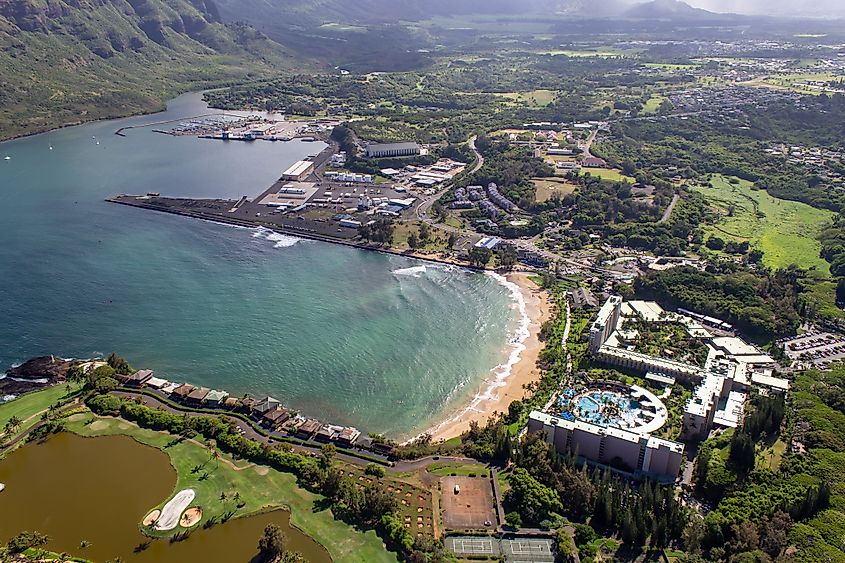
The island of Kauai is no slouch in tourism, and its commercial hub, Lihue, stands as indisputable proof. This Kauai County community acts as the doorway to the Garden Isle’s undeniable aqueous reflections. About five miles north, Wailua Falls, located north of Līhuʻe, cascades approximately 85 feet from the highlands, drawing consistent attention from visitors. From here, the Wailua River meanders into the city, supplementing roadside vistas with ancient Hawaiian temples scattered along its banks. These waters also nourish savannahs where Hawaiian hawks perch alongside chickens and local vendors. Several adventure parks and tour operators, including Kauai Backcountry Adventures, facilitate kayaking and boating excursions.
Lihue’s eastern shores shift between uneven coastlines at Hanamaulu Bay and the deep inlets of Nawiliwili Bay. The latter serves as a vital port where cruise ships make their grand arrivals. Nawiliwili Harbor has long been a favored enclave, and historic architecture like the Albert Spencer Wilcox Building. Now a Kauai Museum, the site stands as a stronghold of cultural preservation, chronicling the island’s evolution from ancient Polynesian settlements to modern-day transformations. Those seeking a glimpse into Lihue’s agricultural past will find vestiges of Kauai’s plantation era still intact. One such estate, Grove Farm Homestead Museum, preserves the history of plantation laborers and the sugar industry.
Kailua

As the gigantic Nuʻupia Ponds separate Kailua from Kaneohe, the coastal town partakes in decorating Oahu’s windward side, albeit from an eastern angle. Thanks to its long stretches of shining white sand, Kailua’s beaches are welcoming retreats in a laid-back Hawaiian atmosphere. The community’s turquoise waves, soft white beaches, and flamboyant local culture draw both tourists and residents. Kailua Beach and Castles Beach stand as star exhibits, drawing swimmers, kayakers, and stand-up paddleboarders. The Cackling Goose and various wigeons and plovers settle here. During winter, less common migratory species such as the Java Sparrow and African Silverbill also stop here.

In addition to neighboring the Marine Corps' hydrosphere hotbed, Kaʻelepulu Pond, also known as Enchanted Lake, is a privately owned water body with limited public access. A stream from Maunawili feeds the pond, with the Koʻolau Mountain Range and Waimānalo Forest Reserve in the backdrop. More blue and green flourish in the heart of the town, where Kawai Nui Marsh and Hāmākua Marsh Wildlife Sanctuaries shelter vulnerable species like Hawaiian ducks, common moorhens, and black-necked stilts. The resurfacing of ancient ponds within Kawai Nui Marsh remains observable through its hiking trails. Kalama Beach Park, for instance, preserves some of the island’s oldest tall, shady trees. Another ancient landmark, Ulupō Heiau State Historic Site, consists of a massive stone platform tied to centuries-old mythological tales. This once-sacred Hawaiian temple pedestal still commands reverence.
How Freshwater Heritage Defines Hawaii’s Most Livable Towns
The sight of Hawaiian villages like Lihue welcoming a network of reservoirs such as De Mello, Kapaia, Papuua, and Wahiawā, unfurling into bayside lagoons before immersing in the Pacific Ocean, is one that few places in the world can mirror. These interconnected waterways stimulate tropical vegetation and climate, giving the island its nickname, the Rainbow Capital of the World. Sanctuaries like Kīlauea Point National Wildlife Refuge provide protected habitats for native bird species. The absence of large-scale infrastructure near many of these sites preserves their natural stillness, allowing these ecosystems to flourish without artificial threats of endangerment.
Beyond their ecological significance, these freshwater environments uphold customs that have echoed through generations. Ancient irrigation techniques at Kailua’s Ulupō Heiau State Historic Site, among others, stand as reminders of indigenous resourcefulness. Uplifting the Polynesian region’s spirit is the enthusiasm toward watersports like surfing, which turned the world's attention to Haleʻiwa. Water shapes daily life, recreation, agriculture, and heritage in Hawaii, defining more than just the landscape.
